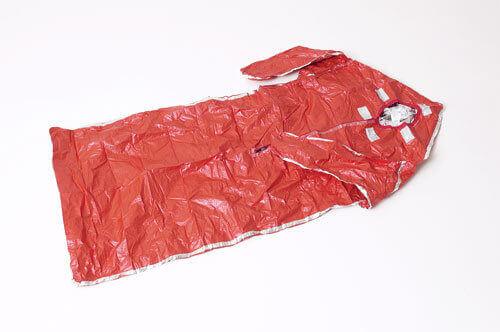TPA or Thermal Protective aid A TPA is a bag or suit made of waterproof material with low thermal conductance (thermal conductance of not more than 7,800 K⋅m2/W). Every survival craft should have 2 thermal protective aid suits or 10% of its total carrying capacity whichever is greater. The material used to make TPA is usually aluminized polyethylene suit with sealing to reduce both convective and evaporative heat loss from wearer's body. Additional Requirements for Thermal Protective AidA TPA shallbe made of a waterproof material having a thermal conductance of not more … [Read more...]
